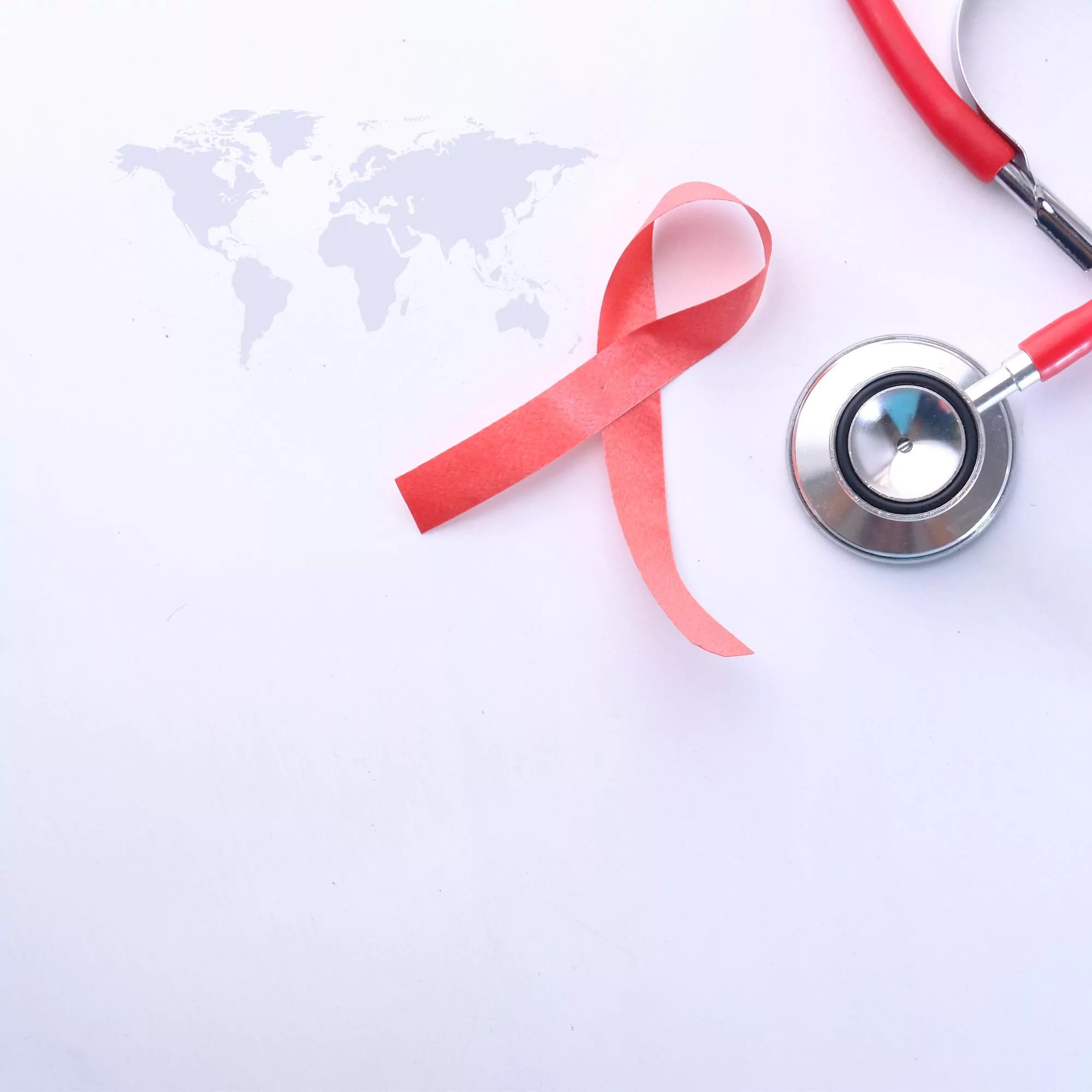Iran, a developing country in Southwest Asia, is witnessing a significant epidemiological transition from communicable to noncommunicable diseases. Among these, cancer stands out as the second largest group of chronic non-communicable diseases (NCDs), trailing only behind heart disease and being a leading cause of death from natural phenomena and accidents. Recent studies have pointed out an increasing trend in both the incidence and mortality of various cancers in Iran. Consequently, health policy has prompted a prioritization in cancer control and preventive interventions, emphasizing the necessity of early screening for high-risk populations.
In a detailed review article published in Contemporary Oncology (Poznan, Poland), researchers conducted an exhaustive analysis of the incidence and mortality rates of five significant types of cancers in Iran – colorectal, lung, liver, thyroid, and bladder cancer. This article compares these statistics with the global data and suggests practical recommendations for cancer prevention and treatment policies in the country.
Colorectal Cancer in Iran
Colorectal cancer (CRC) is a growing concern in Iran, where studies have revealed an alarming increase in incidence and mortality rates. A review by the National Cancer Registry in Iran indicated a call for screening and early detection interventions. Researchers like Amirkhah et al. (2017) and Rafiemanesh et al. (2015) highlighted the age-standardized rates (ASR) for CRC and found that Iran’s increasing trends mirror global patterns documented in GLOBOCAN 2012.
Lung Cancer in Iran
Lung cancer, another prominent cancer type, showcases varied epidemiological patterns across the country. Iran’s lung cancer incidence has shown a worrying increase over the years. Coupled with the fact that lung cancer often gets diagnosed at advanced stages, the mortality rates remain high, as indicated by Bab et al. (2016). Hosseini et al. (2014) stress the influence of dietary patterns and environmental factors as significant risk elements influencing lung cancer rates in Iran.
Liver Cancer in Iran
Liver cancer, primarily hepatocellular carcinoma (HCC), is most commonly attributed to chronic infections of hepatitis B and C in Iran. The incidence and mortality rates are progressively rising, with Mirzaei et al. (2016) reporting a concerning growth in cases. Preventive strategies such as vaccination and public health education must be swiftly implemented, as emphasized by Ashtari et al. (2015) and Wong et al. (2015).
Thyroid Cancer in Iran
Thyroid cancer has showcased a less consistent trend, with Larijani et al. (2003) observing variance in incidence rates across different regions in Iran. The increased detection rate may partly explain this cancer’s incidence, a notion supported by Vecchia et al. (2015). An immediate need for centralized cancer registries for scrutinizing and managing thyroid cancer more effectively is discussed in these studies.
Bladder Cancer in Iran
Bladder cancer demonstrated a unique epidemiology in Iran, with variations in incidence and mortality among different provinces. Rafiemanesh et al. (2018) acknowledge that bladder cancer is significantly influenced by lifestyle factors such as smoking and opium use. There is a necessity for targeted public health interventions and education programs to address these modifiable risk factors.
References
1. Amirkhah R, Naderi-Meshkin H, Mirahmadi M, Allahyari A, Sharifi HR. (2017). Cancer statistics in Iran: Towards finding priority for prevention and treatment. Cancer Press. 3:27–38.
2. Rafiemanesh H, Rajaei-Behbahani N, Khani Y, Hosseini S. (2015). Incidence trend and epidemiology of common cancers in the center of Iran. Glob J Health Sci. 8:146–155.
3. Ferlay J, Soerjomataram I, Dikshit R, et al. (2015). Cancer incidence and mortality worldwide: sources, methods and major patterns in GLOBOCAN 2012. Int J Cancer. 136:E359–386.
4. Hosseini M, Naghan PA, Jafari AM, et al. (2014). Nutrition and lung cancer: a case control study in Iran. BMC Cancer. 14:860–868.
5. Ashtari S, Pourhoseingholi MA, Sharifian A, Zali MR. (2015). Hepatocellular carcinoma in Asia: Prevention strategy and planning. World J Hepatol. 7:1708–1717.
Keywords
1. Cancer Trends Iran
2. Colorectal Cancer Incidence Iran
3. Lung Cancer Mortality Middle East
4. Liver Cancer Prevention Strategies
5. Thyroid Cancer Screening Iran
In conclusion, this comprehensive review signals an urgent need for Iran to streamline its cancer prevention strategies, early detection programs, and to improve its overall healthcare infrastructure to manage the growing cancer burden effectively. Universal access to health care, better screening programs, lifestyle modifications, and public awareness campaigns are essential steps required to mitigate the rising tide of cancer incidence and mortality in Iran.
